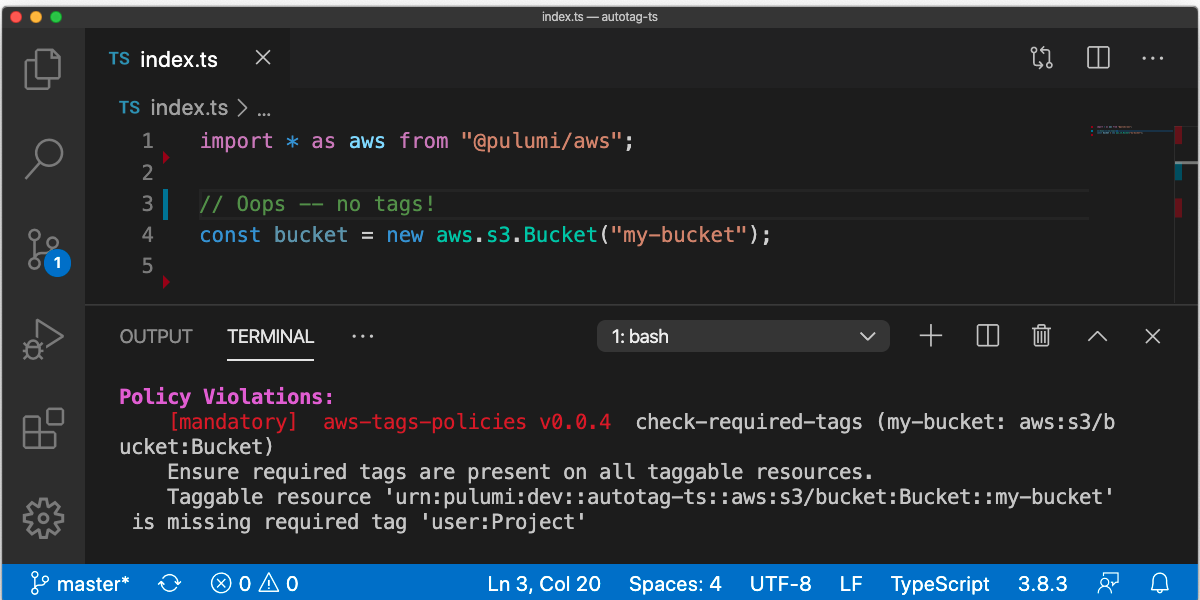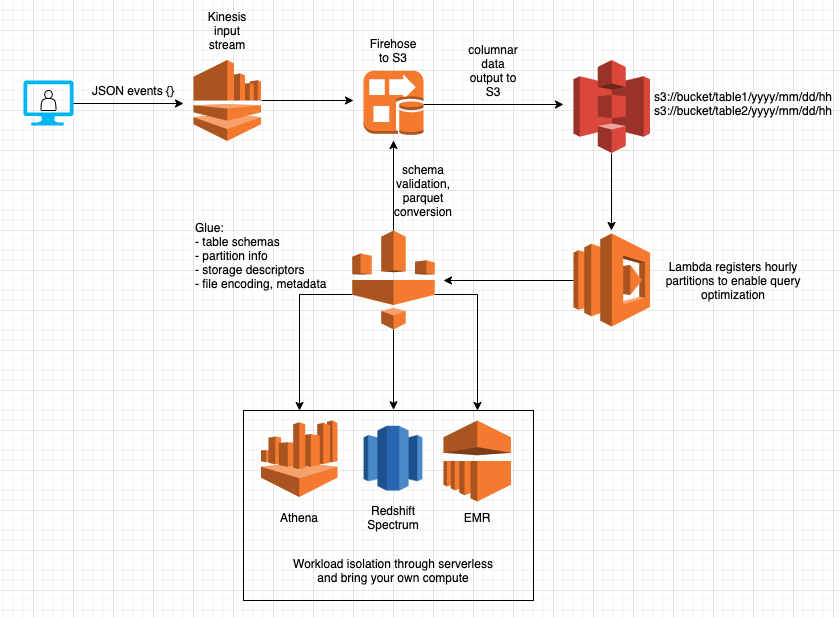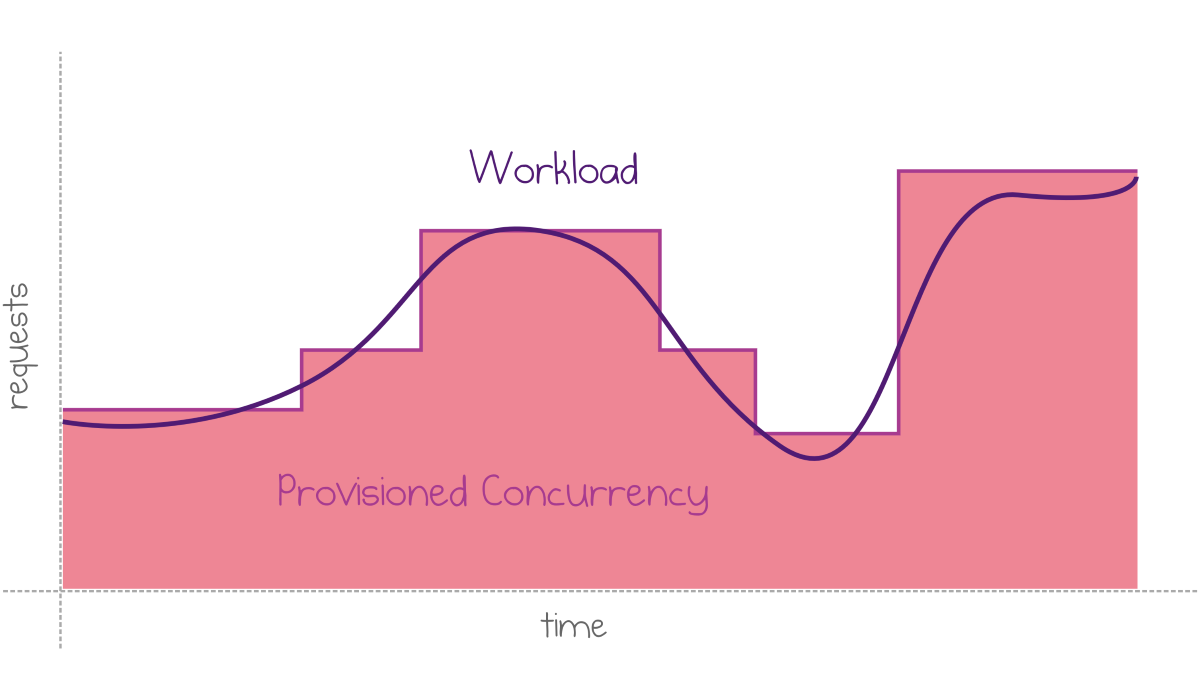Building Jamstack Infrastructure With Pulumi

A Jamstack is a modern architecture for building websites; JAM stands for JavaScript, APIs, and Markup. Jamstacks are deployed on a CDN, and content is stored on a cloud services provider. In addition to the speed and simplicity of deploying static content served from a CDN, there are other advantages such as maintaining content with git, modern build tools to generate the static content, automated builds, atomic deploys, and instant cache validation.
While build tools have simplified the process of creating content ready for deployment on a CDN, creating the infrastructure to serve the content remains complicated. You can use a cloud provider’s web interface or script the build using a CLI tool if you want to manage your infrastructure instead of using a hosted solution. The alternative is to use infrastructure as code tool to automate building and deploying cloud resources. This article demonstrates how to create a jamstack website and deploy it on AWS using Pulumi.








